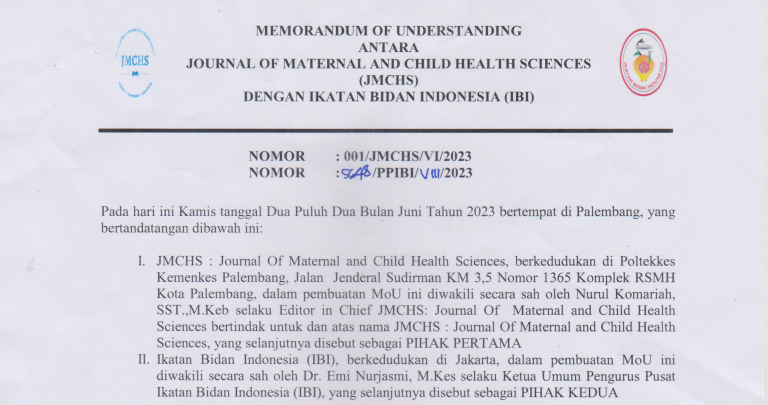The Effect Of Stress On The Level Of Dysmenorrhea In Young Women
Abstract
Menstruation is one of the characteristics that indicate that a woman is entering puberty. During menstruation there is discomfort in a woman's physique, namely dysmenorrhea. This study uses a correlation analytic research design with a cross sectional approach. The sample of this study were young women who had experienced menstruation. The inclusion criteria were that young women had experienced menstruation for at least 1 year. This study used a purposive sampling technique with a total sample of 92 respondents. The research instrument used was the DASS questionnaire sheet to assess the stress scale and the numeric rating scale (NRS) to measure the level of adolescent dysmenorrhea. Data analysis consisted of univariate and bivariate analysis. In the bivariate analysis, the relationship between the two variables was sought by using the Spearman test. The results showed that most of the respondents experienced normal stress levels, namely 68 respondents (73.9%), most of the respondents experienced mild pain, namely as many as 38 respondents (41.3) and there was a significant relationship between stress and dysmenorrhea with p = 0.000 ( r=0.345). At times of stress the body will produce the production of the hormones estrogen, progesterone, adrenaline and also prostaglandins increase, increased secretion of f2 alpha prostaglandins causes an increase in the frequency of uterine contractions, causing vasospasm and ischemia in the uterine arteries. The ischemic response that occurs in this condition causes pain in the lumbar region, weakness, edema, diaphoresis, anorexia, nausea, vomiting, diarrhea, headaches, decreased concentration, emotional lability and other symptoms
Copyright (c) 2023 Journal of Maternal and Child Health Sciences (JMCHS)

This work is licensed under a Creative Commons Attribution-ShareAlike 4.0 International License.
Authors who publish with this journal agree to the following terms:
- Authors retain copyright and grant the journal right of first publication with the work simultaneously licensed under a Creative Commons Attribution License that allows others to share the work with an acknowledgement of the work's authorship and initial publication in this journal.
- Authors are able to enter into separate, additional contractual arrangements for the non-exclusive distribution of the journal's published version of the work (e.g., post it to an institutional repository or publish it in a book), with an acknowledgement of its initial publication in this journal.
- Authors are permitted and encouraged to post their work online (e.g., in institutional repositories or on their website) prior to and during the submission process, as it can lead to productive exchanges, as well as earlier and greater citation of published work












